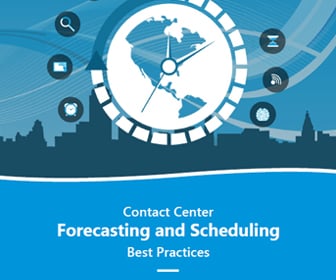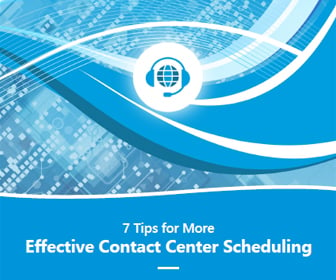Workforce Management Featured Article
How WFM Messaging Can Drive Engagement, Improvement

It’s sometimes hard to recall how we all kept our lives on track before the internet, smartphones, and texting.
Being able to quickly and easily reach people with brief messages that they can view and respond to when they can is really convenient. That’s true whether you’re trying to connect with friends for lunch, your child about curfew, or business associates to make sure you’re all on the same page.
In business, it can be particularly helpful when messaging is built into a work system that you are already using to manage staff members. For example, workforce management systems with integrated messaging can allow contact centers to keep their agents in the loop – whether those individuals are at work, at home, working from home, and anywhere else.
WFM messaging is an ideal way to get the word out about campaign efforts, company updates, and training logistics. Contact center managers can use messaging to ask agents if they’re available to fill in for another employee, to alert workers of schedule changes, and more. Plus they can employ messaging to ask agents for their input on specific issues.
For the contact center, this ease of communication can increase productivity and be a first step toward process improvement. For agents it can lead to great employee engagement. Updates and communications via messaging let workers know what’s expected of them. It also sends the message that their employers and managers care enough to keep them in the loop and solicit their opinions.
“You should know how your workforce receives information, so making it available to them in an easy-to-access format is crucial,” says Brian Sullivan of Sullivan Branding. “Your office employees are going to receive information in a different format — and time frame — than, say, bedside nurses or retail floor operators.”
Edited by Maurice Nagle







